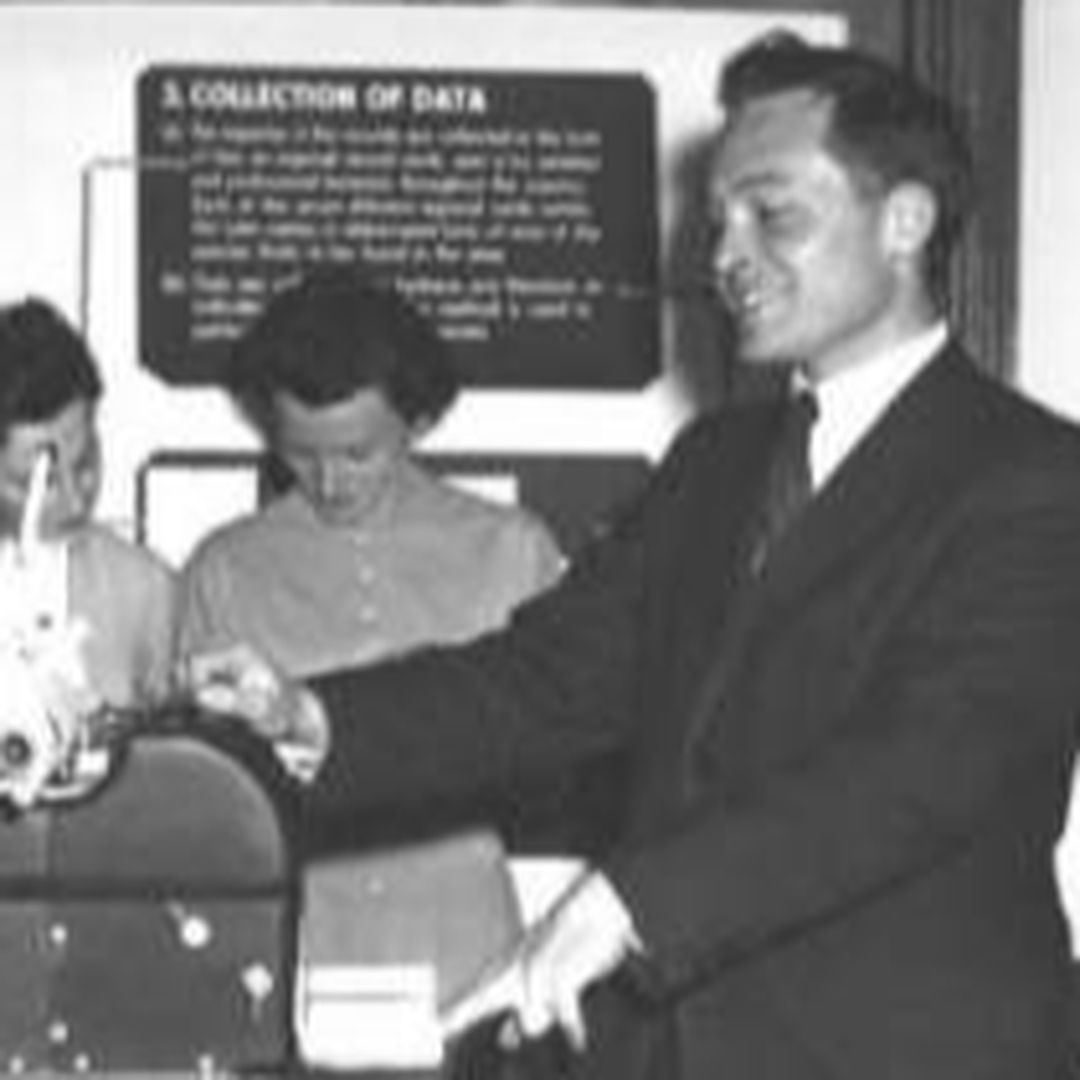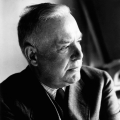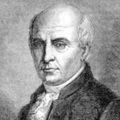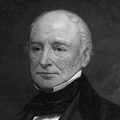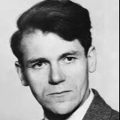Franklyn Hugh Perring
The Atlas of the British Flora
Today is the birthday of the botanist Franklyn Hugh Perring who is born in London on this day.
Franklyn was the best kind of botanist, possessing the eagerness of an amateur and the training of a true professional. He also had an outstanding field botanist with a phenomenal memory for plants. At heart, he was a conservationist.
In 1962, Franklyn, along with Max Walters, wrote The Atlas of the British Flora, which some called the most important natural history book of the 20th century.
After getting his Ph.D. at Cambridge, Max Walters, the director of the University herbarium, invited Franklyn to map the distribution of all the wildflowers trees and ferns of England and Ireland. The year was 1954, and it was a very ambitious and groundbreaking project; Franklyn said, "yes." And, that's how Franklyn Perring was the first person to create a Dot Map.
Thanks to the help of countless citizen scientists, Max and Franklyn successfully mapped all of Britain's plants in under five years - and that fact is even more impressive after learning the entire country was divided into 10 km squares. Frank once wrote,
"The amateur naturalist or the professional can make a significant contribution to biological knowledge by volunteering to collect data in the field."
When Franklyn finished his project, he went on to help David Webb map the plants of Ireland. And he also encouraged fellow scientists, to make similar atlases of distribution; for example, zoologists could map the distribution of mammals, butterflies, and other life forms.
Franklyn adored leading groups of people on field trips by any means available - bicycle, train, or on foot. He was excellent with volunteers and little details - like dots - but he wasn't considered to be a sharp strategist.
In an unpublished 1965 Biographical Sketch, Frank said,
"[I] Rarely if ever relax [and I] read perhaps two novels a year – at Christmas and during the summer holiday – nearly always spent abroad ... [My] favourite reading is Jane Austen and Dickens: take one of the latter on each long journey. I remember reading Pickwick in the Pickwick Hotel, San Francisco. [I'm also] very fond of music, especially Mozart and Britten. Britten's Spring Symphony and Elgar's Introduction and Allegro and Violin Concerto spell out for me the Englishness of England which I want to see preserved."
And here's a charming little snippet about Franklyn's personality that was captured in a recent twitter exchange.
On September 14th, 2018 the fanatical botanist Mick Crawley posted that he was,
"Botanizing from the train. Some species are so distinctive that you can identify them with confidence, even at high speed. The triffid-like climber that scrambles over so many rail-side fences, covered with masses of tiny white flowers, is Fallopia baldschuanica ("Fa-LOW-PEE-ah Bald-shoe-AYE-nick-ah:)." (aka The Silver Lace Vine)
Mick's tweet drew the attention of the Chief Exec of the Cumbria Wildlife Trust, Stephen Trotter, who replied,
"Reminds me of the late Franklyn Perring who when botanising from a car defined species as being 30mph, 50mph or 70mph plants!"
To which, I replied, "Ha! Love this insight - Plant ID at high speeds. What a concept!"
Thank you, Franklyn Perring, for the new botanical sport! And, it's something we can actually safely do during the pandemic.
This post was featured onThe Daily Gardener podcast:
helping gardeners find their roots,
one story at a time
